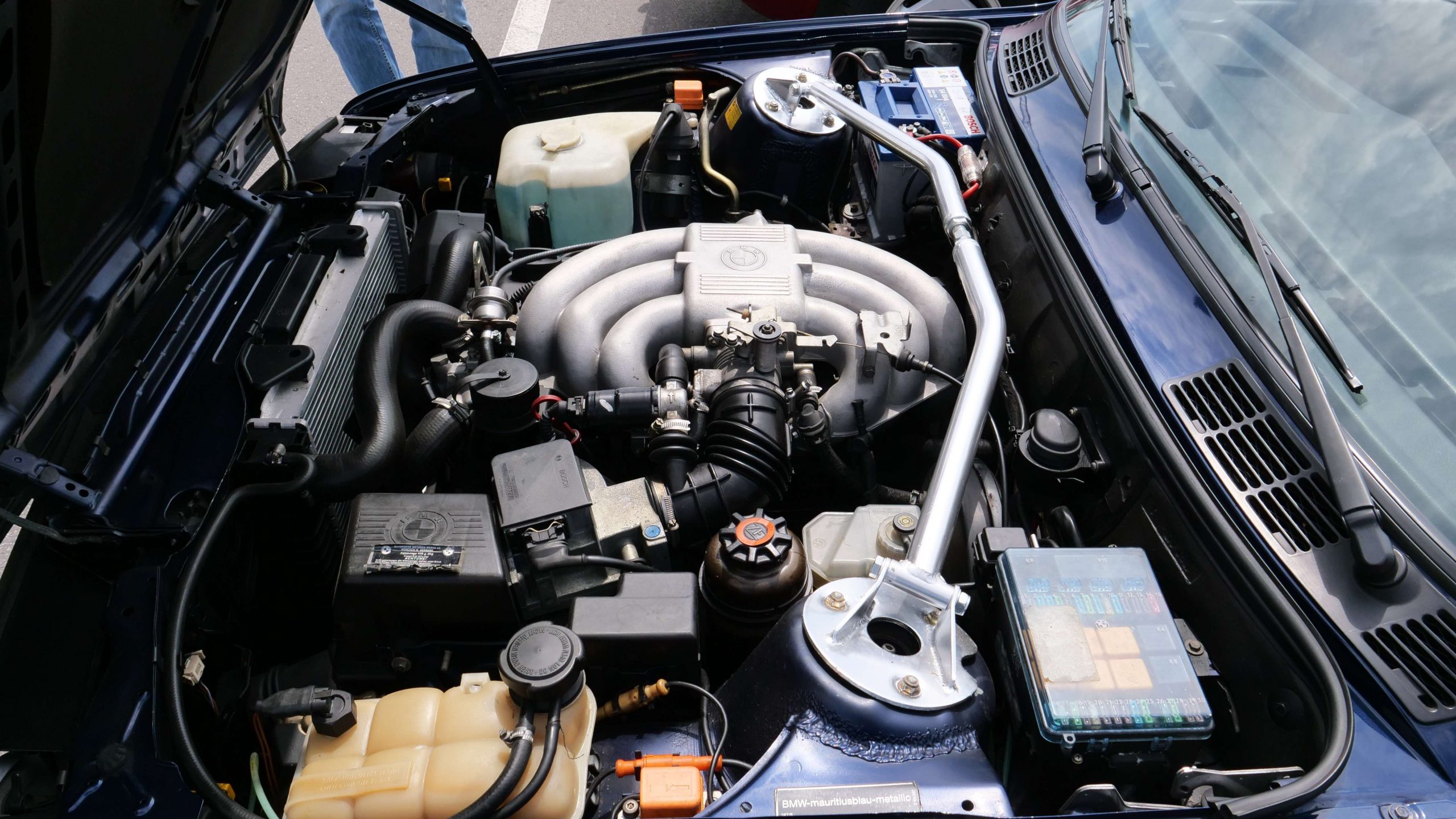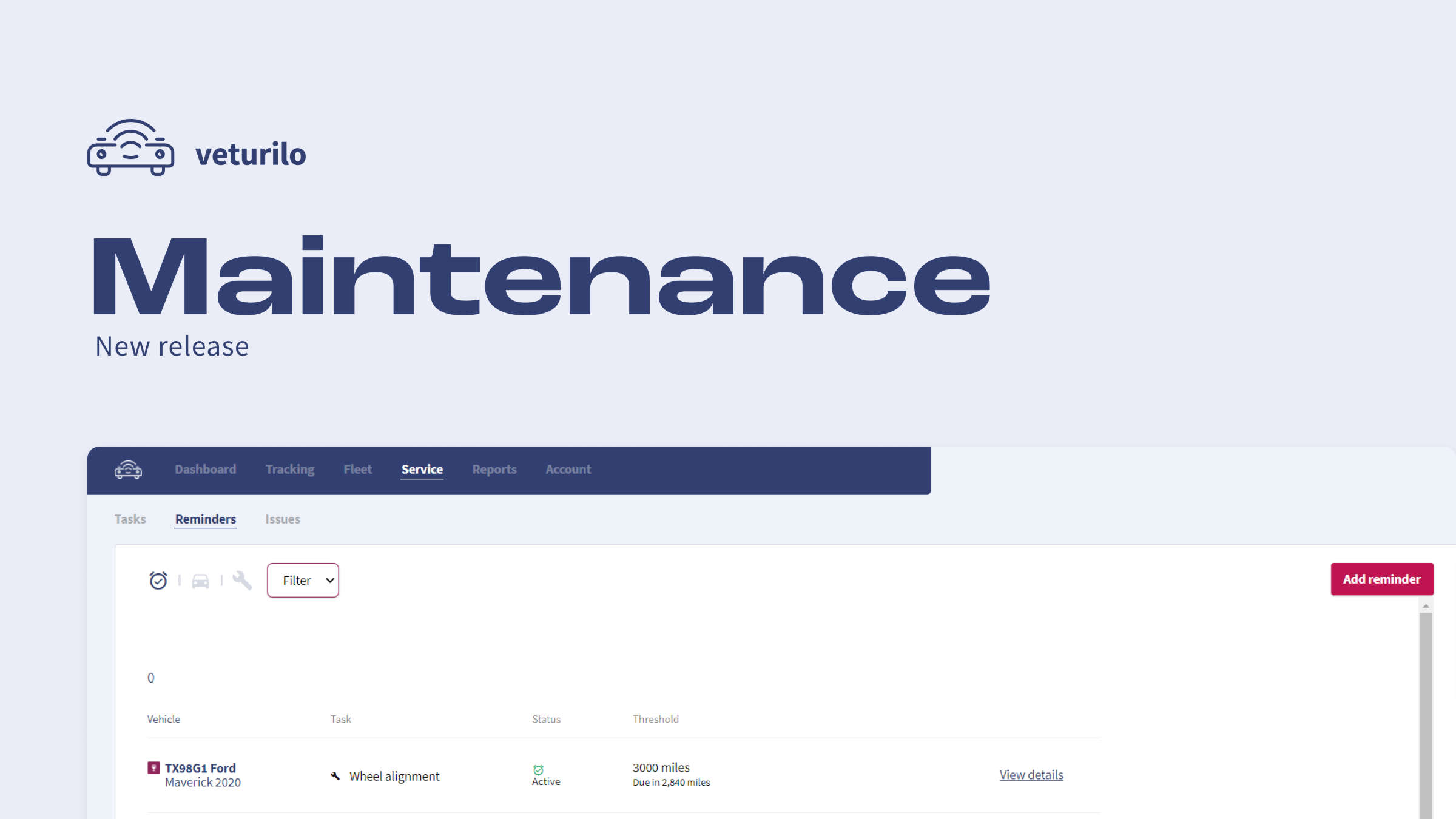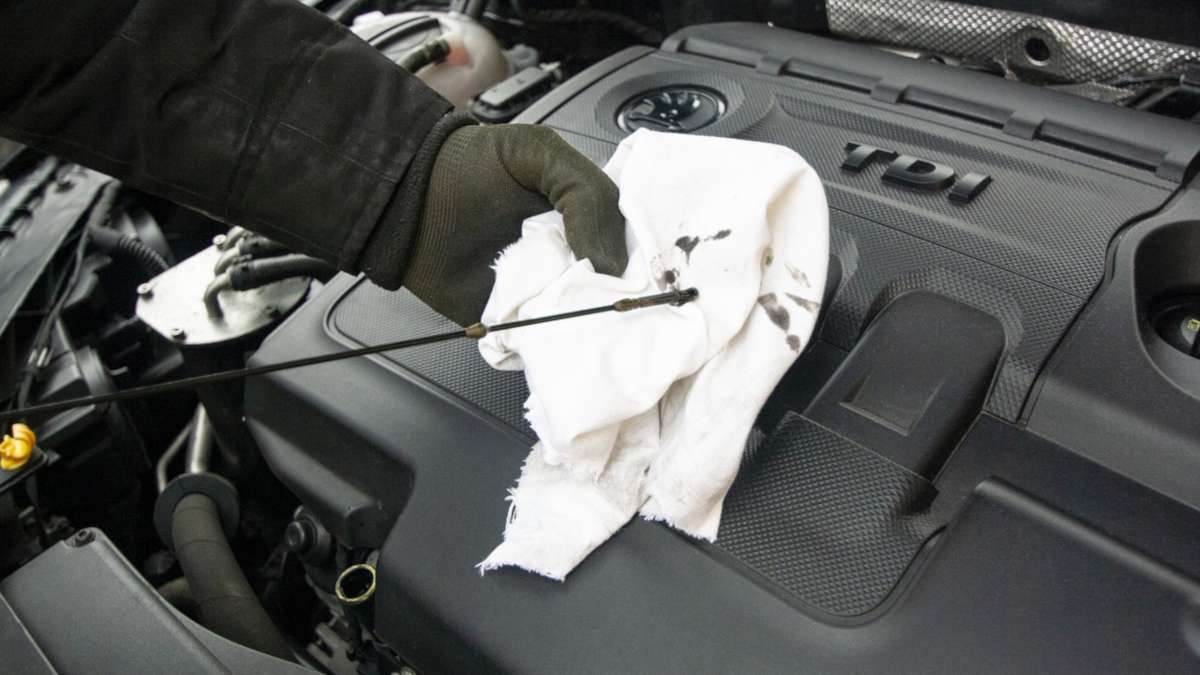
All vehicle warning lights indicate that something, somehow, is off. Of all these bright little devils, the malfunction indicator light is, by far, the one you need to attend to, asap; especially, when we’re talking about a fleet vehicle where, other things, besides the vehicle, might be at stake too. While the issue may be minor — like a loose or faulty plug somewhere — you can just never know, until you have it checked.
But, fear not! In this article, we’ll examine what this scary light is all about and what you can do if it happens to you; and, the best part, offer you a solution to prevent unnecessary downtime from unscheduled maintenance in your fleet!
What is the Malfunction Indicator Light (MIL)?
Whether you refer to it with its technical name or just call it the “check engine” light, the malfunction indicator light (MIL) is a warning of a critical malfunction. To be specific, this tell-tale sign notifies the driver about an issue detected in the vehicle’s engine or emissions control system; sometimes, even the electronic engine control system (ECU).
With this in mind, no driver should ignore this light; let alone fleet drivers that have a delivery deadline creeping up on them. Hence, if the MIL is illuminated, it’s recommended to have a look at it immediately; or get professional help.
Why is the malfunction indicator light on?
So, your malfunction indicator light is on? ΟΚ, first and foremost, don’t panic; but don’t turn a blind eye to it, either. Although it may be a minor failure, mind you, there could be a more serious problem hiding behind it. Depending on the issue, the check engine light will be either a fixed or a flashing light; in which case, it warns of a more serious problem going on.
When the malfunction indicator light is steady, there is a possibility you have a problem with the ignition or emissions system. In this case, the best thing you can do is to have the vehicle checked, before it gets more complicated. Nonetheless, there are times when the steady light might just be a false alarm; caused, for example, by a loose gas cap, a disconnected plug, even poor fuel quality.
The most alarming scenario though is when the light starts flashing. This is probably a sign that something’s wrong with your vehicle’s engine; especially when there are other lights on simultaneously, such as the coolant temperature warning light, the oil light, etc.
What do you do, if the check engine light comes on?
The first thing to do when the check engine light starts blinking while driving, is to stop the vehicle, turn off the engine, open the hood, and check all the systems we mentioned previously. All the more so, when other lights are on at the same time, when the engine vibrates, or when there are unusual smells or noises. These are all strong indications that you need to stop the engine immediately, to prevent further damage from happening; even fire! The next move, of course, is to go to the nearest auto repair shop, to have your vehicle diagnosed and repaired.
In any case, the malfunction indicator light should not go unnoticed; especially, since it not only warns of potentially dangerous situations, but also imminent expensive repairs. Yet, how can you pay attention to the warning signs and deal with any minor issues on time?
Utilizing, on-board-diagnostics — and then some
Using an OBD II device, together with fleet monitoring software, fleet managers can check the cause of the problem themselves. For instance, an IoT platform usually includes a diagnostics feature that can read and provide diagnostic trouble codes (DTC) matching the malfunction(s). Thus, you’ll be able to find the root of the problem quickly, which will help your mechanic to fix it quickly, as well.
Generally speaking, OBD II functionality is good news for your fleet company; and, it can work wonders, when used within a well-integrated fleet monitoring system. That’s where Veturilo comes into play…
Be on the alert, with Veturilo
Not long ago, fleet managers couldn’t possibly be aware of a malfunction indicator light coming on in a fleet vehicle on time; unless they were in the driver’s (or front passenger) seat. Even then, they couldn’t really know what was going on. All that has changed with the arrival of vehicle management systems, such as our own platform, Veturilo.
With Veturilo, you can remotely inspect all the warning lights in your entire fleet; at the same time, in-real time.
As a result, you’ll be able prevent and resolve most malfunctions that may lead to accidents, downtime, and expensive vehicle repairs. And that alone, is difficult to make you, a modern fleet manager, say ‘no’ to. And why would you, after all? Now, you can, at last, stay on top of vehicle malfunctions — and your entire fleet operations, for that matter!


